Reflective Assignment: The 7 Habits of Highly Effective People Part 2B
VerifiedAdded on 2023/04/06
|6
|435
|326
Homework Assignment
AI Summary
This assignment is a reflective analysis of Stephen Covey's 'The 7 Habits of Highly Effective People', specifically focusing on Habit 2, 'Put First Things First'. The student identifies a personal weakness in prioritizing tasks and aims to develop this habit for improved professional effectiveness. The assignment explores the importance of self-management, decision-making, and willpower, referencing the four-quadrant matrix of time management. The author intends to create a balanced professional life by prioritizing activities and rejecting unimportant ones. The paper references Covey, Merrill & Merrill (1995), Jensen, Neck & Beaulieu (2016), and Rehman & Nasir (2015) to support the concepts discussed. The goal is to enhance personal growth and achieve professional results effectively by prioritizing tasks and managing time wisely. The assignment emphasizes the development of discipline and focus to achieve professional ambitions and overcome setbacks.
1 out of 6
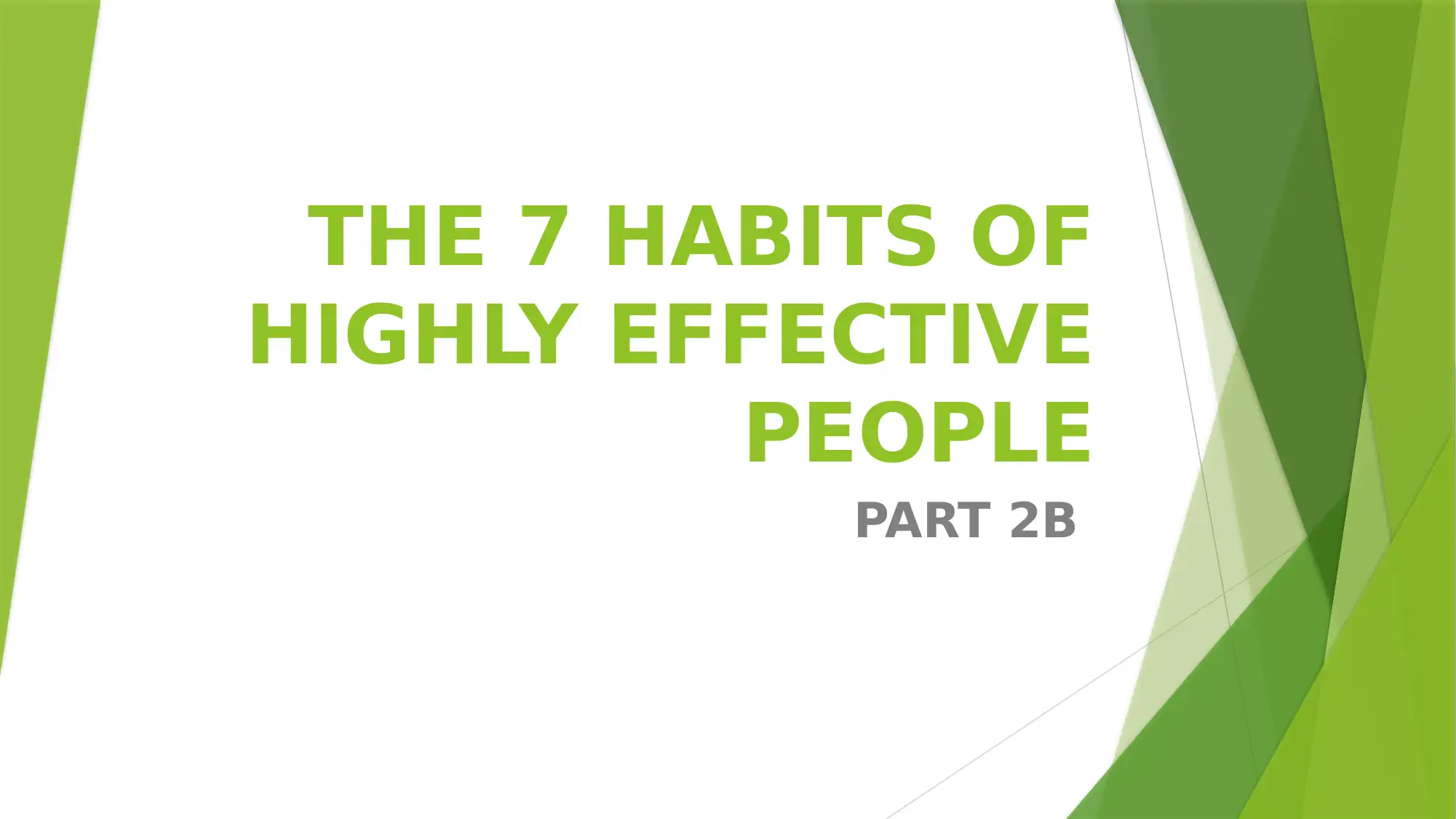
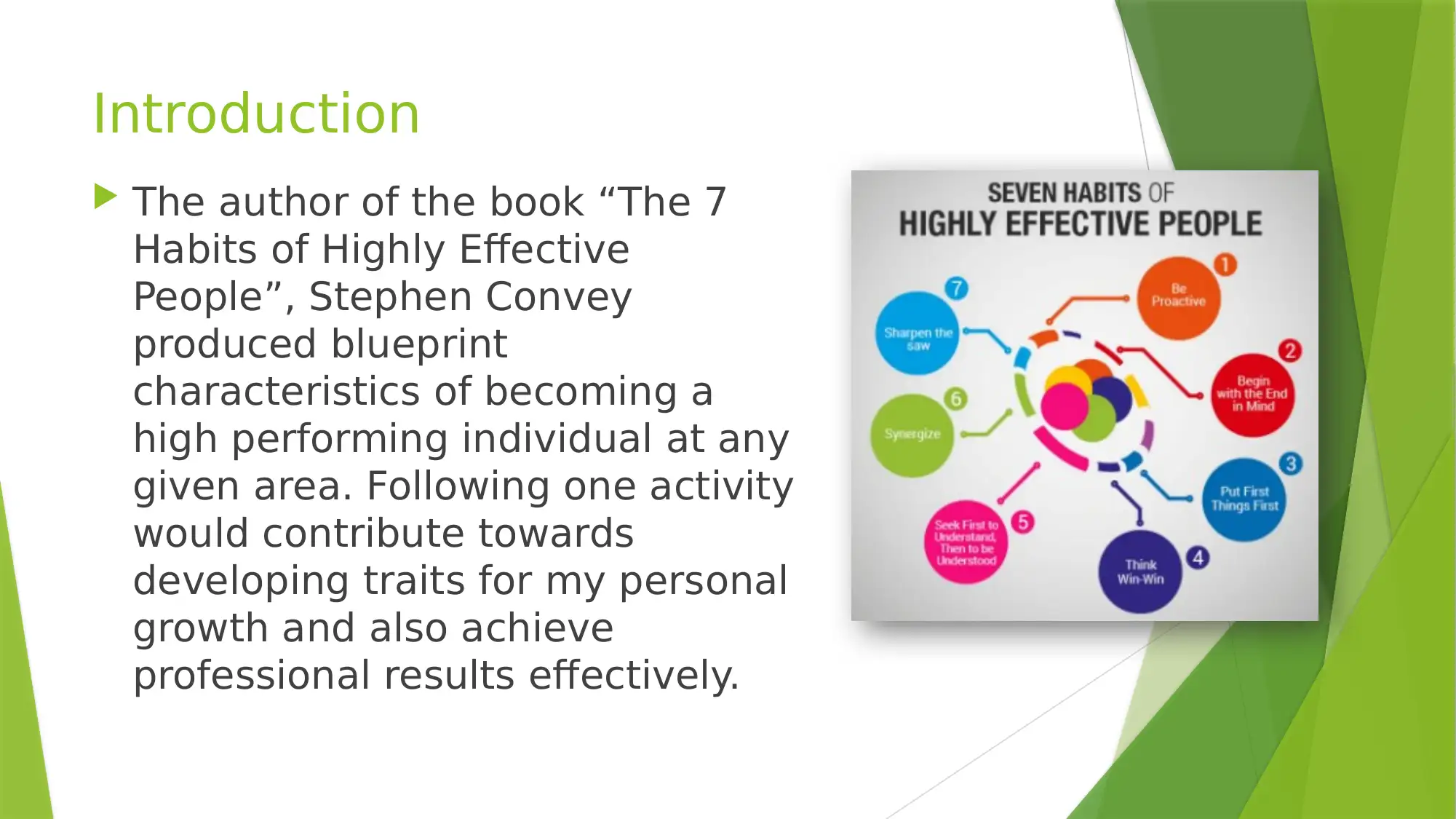
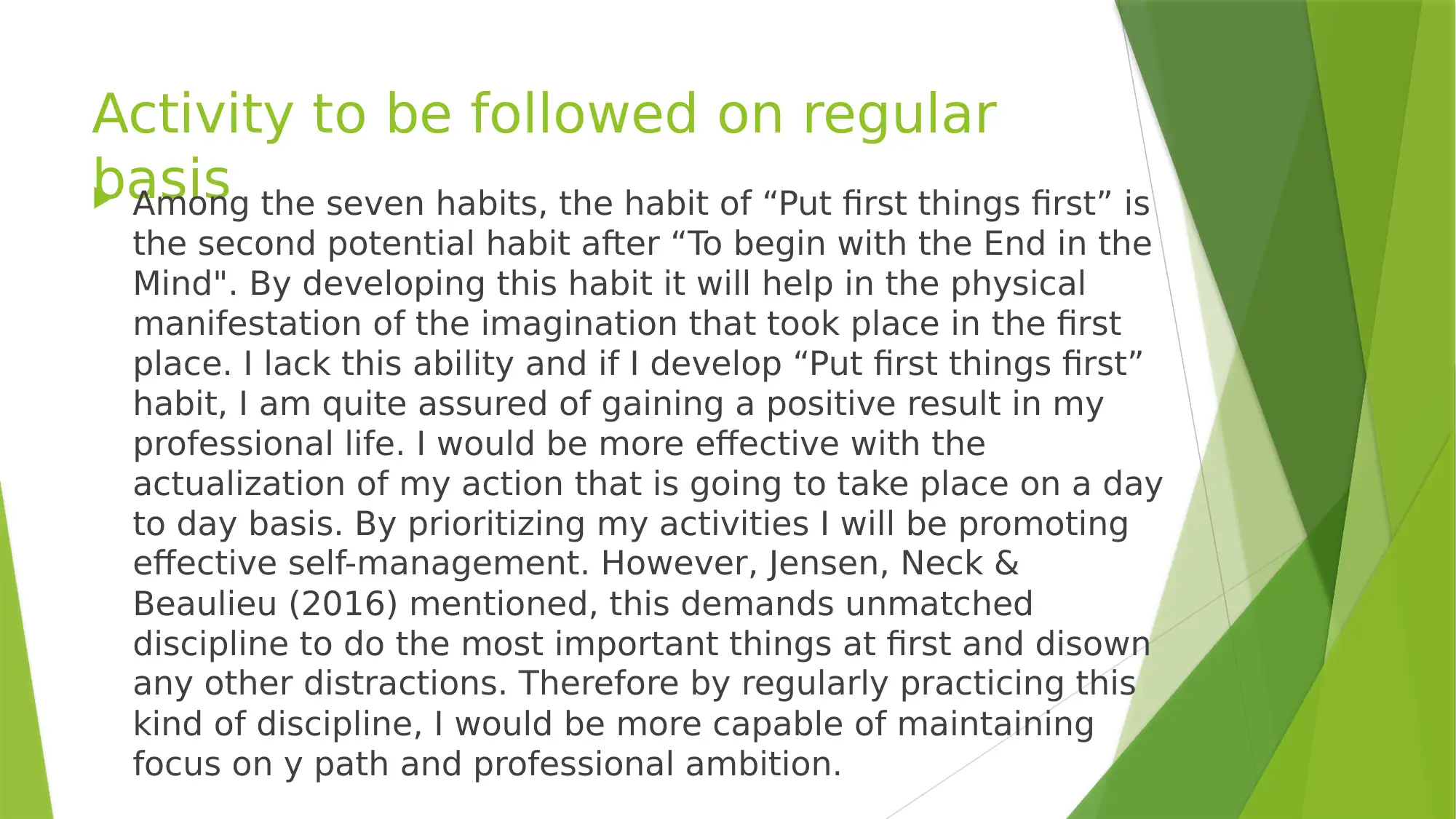

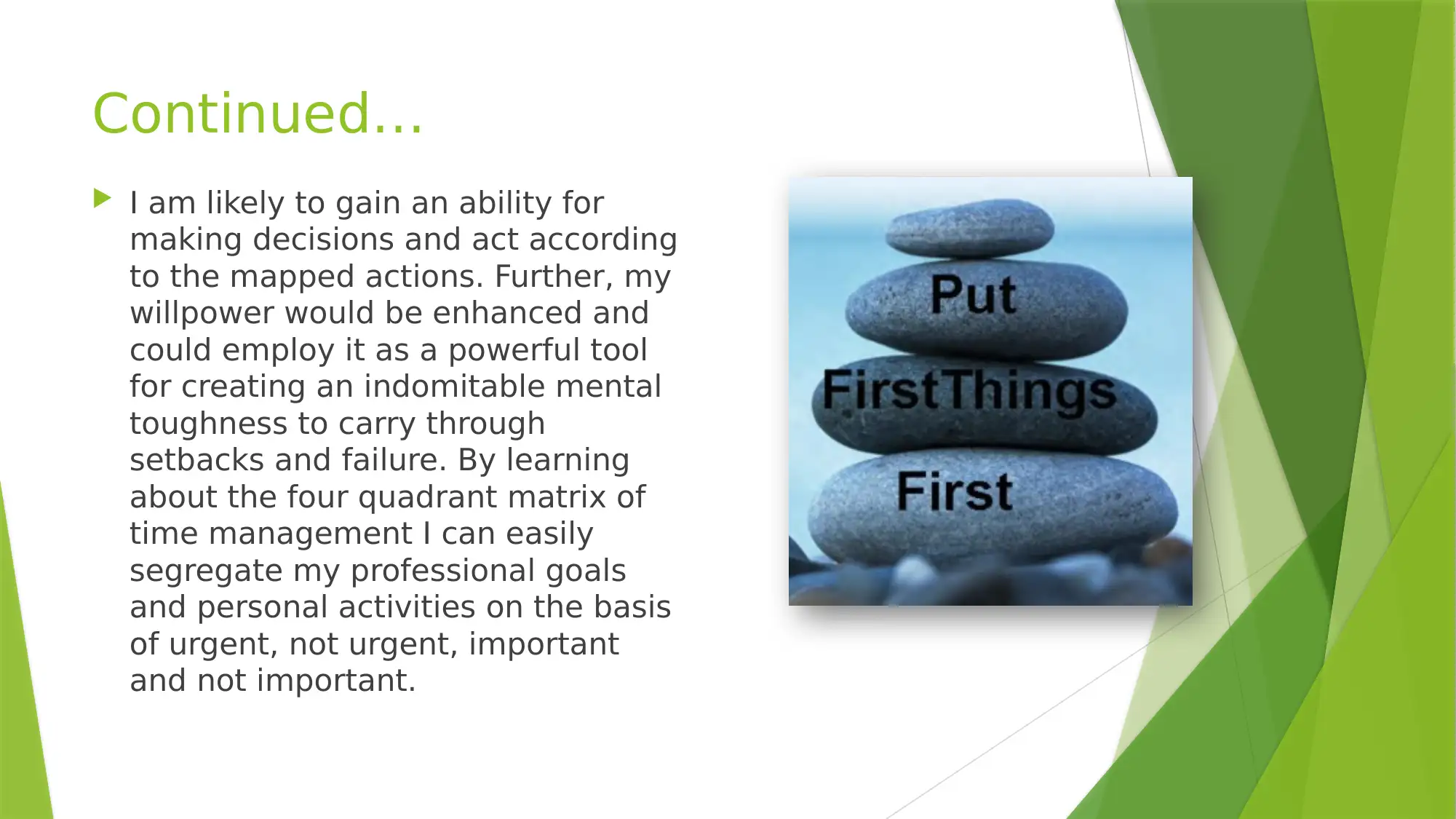
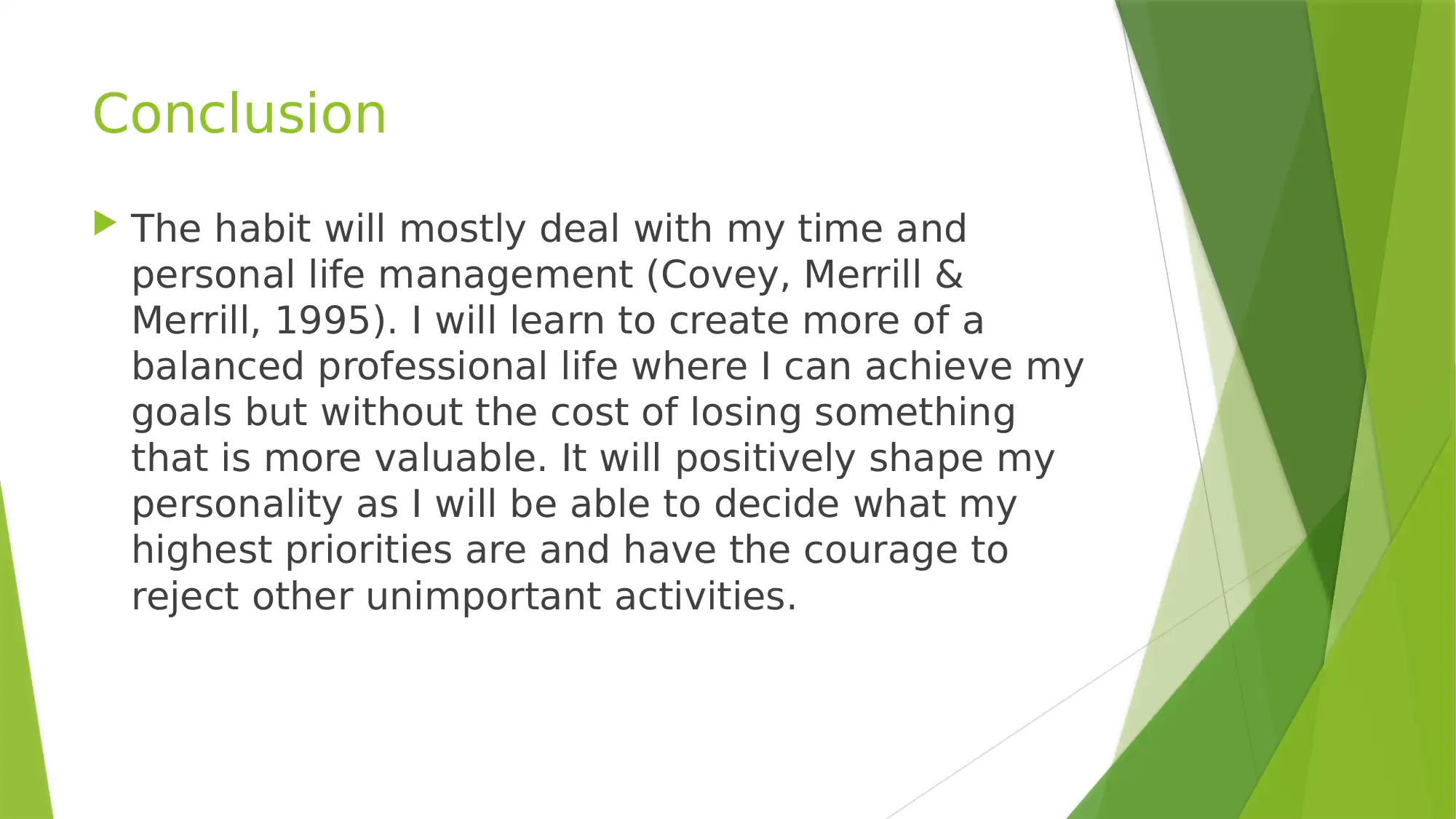
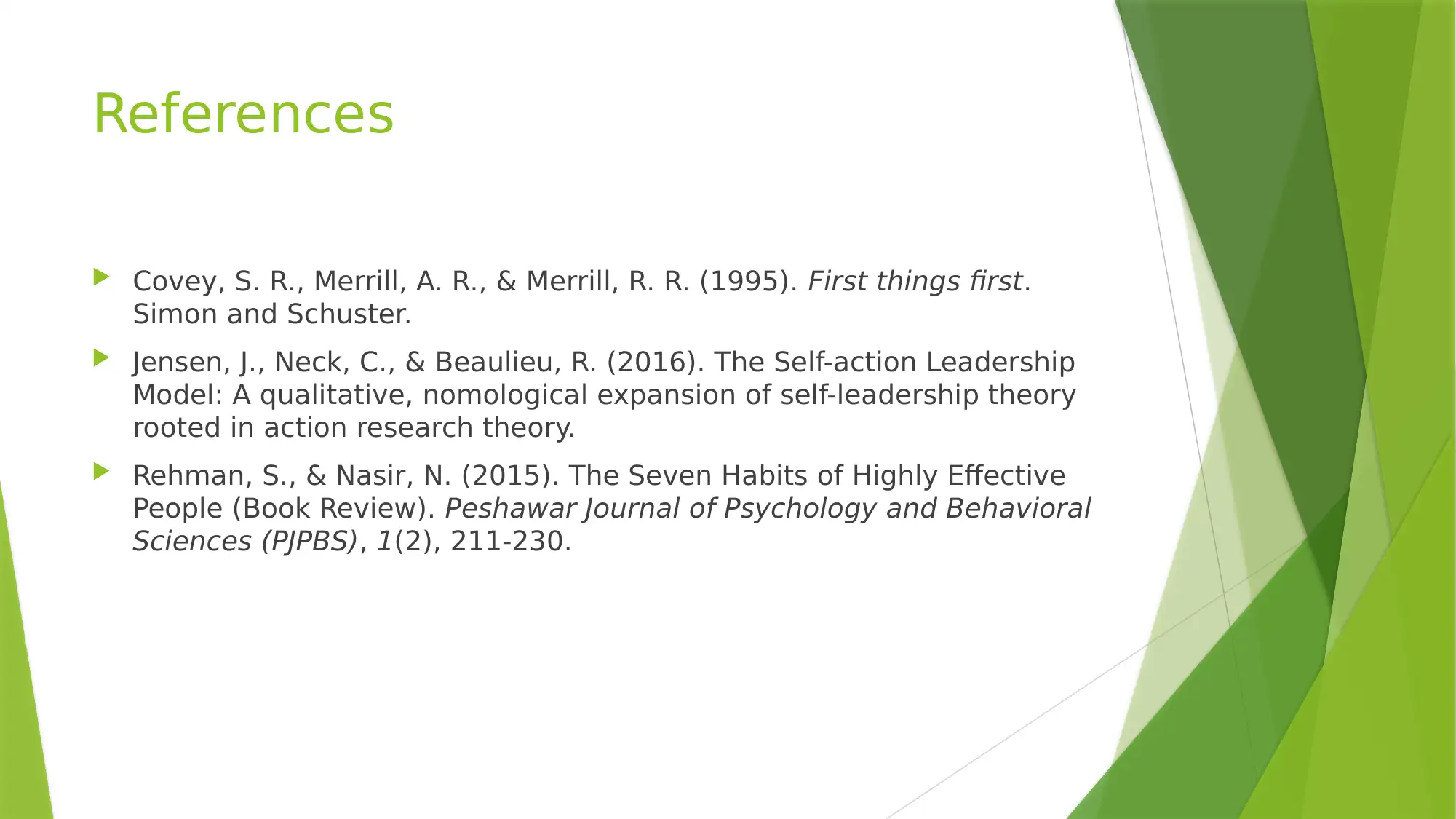






![[object Object]](/_next/static/media/star-bottom.7253800d.svg)